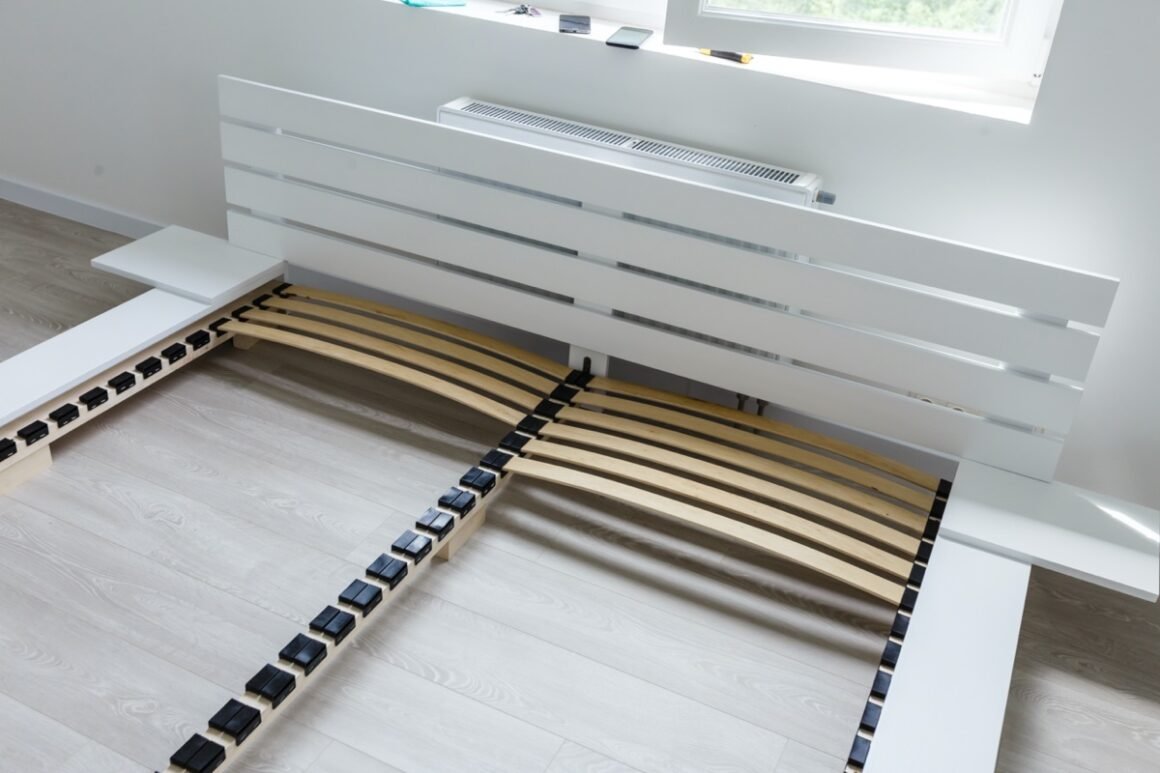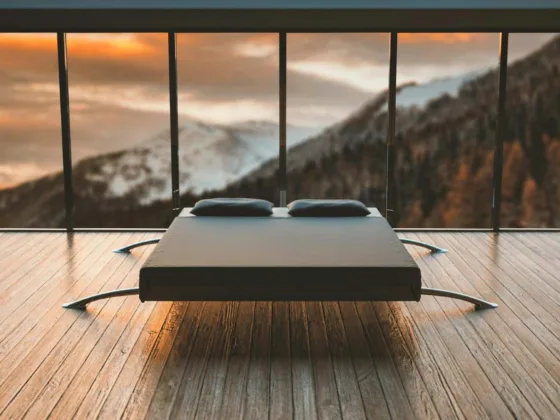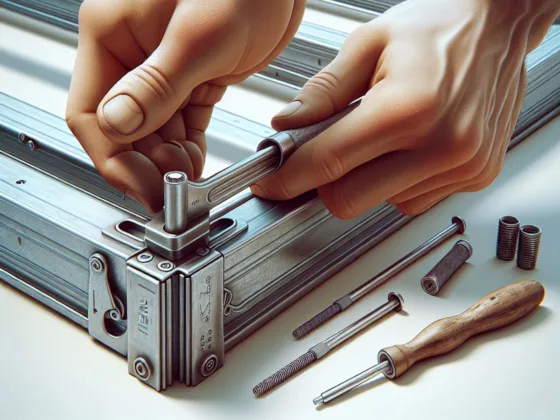Table of Contents Show
Besides being a staple in every bedroom, your bed is an important piece of furniture because it significantly affects your daily mood and overall wellness. A lumpy or worn-out bed will make it very challenging for you to sleep every night and may even cause several health problems such as high blood pressure, heart disease, diabetes, and weight gain.

Your bed is important, which is why you should only use a comfortable one. Fortunately, you don’t have to spend a lot of money to enjoy this kind of bed as you can always make one on your own. As long as you’re willing to put in the time and effort, it won’t be long before you can sleep on a bed that’s comfortable and fits your style.
To help you out, here’s how you can build your own customized bed:
1. Come Up With a Design
Beds usually have one purpose—for sleeping. However, when it comes to the design, beds vary. The market is now saturated with beds that come in different sizes, styles, and colors. You can now buy a pallet bed, and even a collapsible one.
When building your own customized bed, coming up with a design should be on top of your to-do list. What color do you plan on using for your bed? Do you want a small bed, bunk bed, or one with storage at the bottom? Answering all of these questions is important as this will help you determine what materials to buy in order to build your bed.
If you’re lost for design, spend some time doing research online or assessing how you want your bedroom to look. Moreover, when it comes to the design of your bed, make sure to consider the number of people who will be sharing it with you.
2. Carefully Choose the Wood
Now that you have an idea of how you want your bed to look, it’ll be very easy for you to shop for materials. Your design can become your guide in assessing which materials you should buy to create a customized bed.
Read Also:
You can use different kinds of woods for your customized bed. Depending on your preferences, you can choose one type of wood for your bed, or use two or more kinds. Either way, it’s important that you exert time to know what your options for wood are, and how these options vary from one another.
Some of the best woods you can use for your customized bed are:
- Mahogany: Mahogany is one of the most popular wood types used for bed frames. Although expensive, mahogany exudes luxury and is very durable. As long as it’s cleaned regularly, using mahogany for your bed will become a cost-effective investment in the long run.
- Walnut: If you want your bed to stand out in your bedroom, you should consider using walnut. This type of wood has a unique color and textured grain, and can hold its shape for years.
- Oak: Oak is considered high-quality wood because of its durability, quality, and color options. You can easily stain oak, which means that you won’t have any problems customizing it based on the theme of your bedroom.
- Rosewood: If you’re looking forward to creating a high-quality and luxurious bed, you should use rosewood. Rosewood naturally comes with a vivid red hue and unique texture that brings dimension and life to any bedroom.
- Teakwood: Teakwood is becoming more and more famous among homeowners because of its durability and unique appearance. Teakwood is also resistant to termites, making it an excellent option for people who have allergies or kids.
3. Assemble Your Bed
The most time-consuming and important step in building your own customized bed is the assembly. Depending on the size of the bed you’re planning to make, this process can take hours or days.
After you’ve chosen the type of wood for your bed, take the time to follow these steps:
- Create dimensions accurate to the scale and design of your bed. This should include the spots where you’re going to drill and connect different parts of the bed. If you can’t, take note of the dimensions of your current bed and use that for reference when building your own from scratch.
- After you’ve created the head frame, carefully mount the foot frame and sides of your bed. Make sure to check the durability of the connections and accuracy of the angles to prevent your bed from creaking.
- Once you’ve drilled the holes and assembled the bed, make sure to sand every part. It’ll be easier for you to sand or paint your bed if the furniture is smooth.
Get Started ASAP
Building your customized bed can be challenging, but when you know the do’s and don’ts, the task becomes easier. You might even be surprised how fun this DIY project is.
If you’re pumped to build your own bed from scratch, let this article become your guide. It’ll be easier for you to turn your dream bed into a reality once you know the necessary steps to follow.











